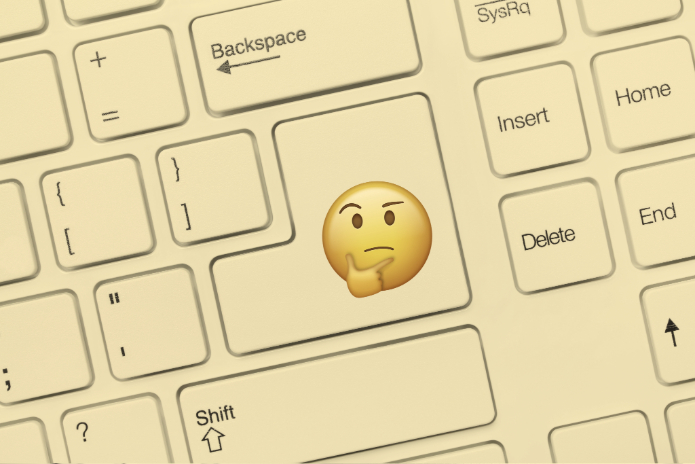The Internet of Things (IoT) is rapidly transforming the e-commerce landscape, creating new opportunities for businesses and consumers. This innovative technology is redefining how we interact with products and how purchasing decisions are made.
What is IoT?
The Internet of Things refers to the network of physical devices connected to the internet capable of collecting and sharing data. These devices range from smart appliances to wearables and industrial sensors.
IoT in the Context of Shopping
Within the realm of commerce, IoT is creating an ecosystem where devices can directly influence consumer purchasing decisions. Let’s see how:
1. Automatic Shopping
Smart devices like connected refrigerators can monitor consumption and place automatic orders when supplies are running low. For example, a refrigerator can detect that the milk is running out and automatically add it to the shopping list or place a direct order with the supermarket.
2. Personalized Recommendations
Wearables and other personal devices collect data on user habits and preferences. This information can be used to offer highly personalized product recommendations.
3. Predictive Maintenance
Connected home and industrial equipment can predict failures and order spare parts or services before a breakdown occurs, influencing maintenance purchases.
4. Enhanced Shopping Experiences
Beacons and sensors in physical stores can interact with smartphones, providing information on products and personalized promotions as the customer navigates the store.
5. Efficient Stock Management
For retailers, IoT enables more precise stock control optimizing the supply chain and influencing wholesale purchasing decisions.
Impact on Consumer Behavior
IoT is fundamentally changing consumer behavior:
– Convenience: Automatic shopping and smart restocking simplify consumers’ lives.
– Informed Decision Making: Access to more data allows for more informed purchasing decisions.
– Elevated Expectations: Consumers expect more personalized and frictionless shopping experiences.
Challenges and Considerations
Despite the benefits, implementing IoT in commerce faces challenges:
– Privacy and Security: Massive data collection raises concerns about privacy and information security.
– Integration: The need to integrate IoT systems with existing e-commerce platforms can be complex.
– Standardization: The lack of universal standards in IoT can create compatibility issues.
The Future of Shopping with IoT
As IoT technology evolves, we can expect:
– Greater integration between home devices and e-commerce platforms.
– More immersive and contextual shopping experiences.
– Increased automation in low-involvement purchasing decisions.
– Evolution of voice assistants as primary shopping interfaces.
Conclusion
The Internet of Things is redefining the landscape of e-commerce, creating an environment where shopping is smarter, convenient, and personalized. Companies that embrace this technology and can navigate its challenges will be well positioned to thrive in the future of connected commerce. For consumers, the promise is a world where shopping becomes a more seamless experience integrated into their daily lifestyle.







